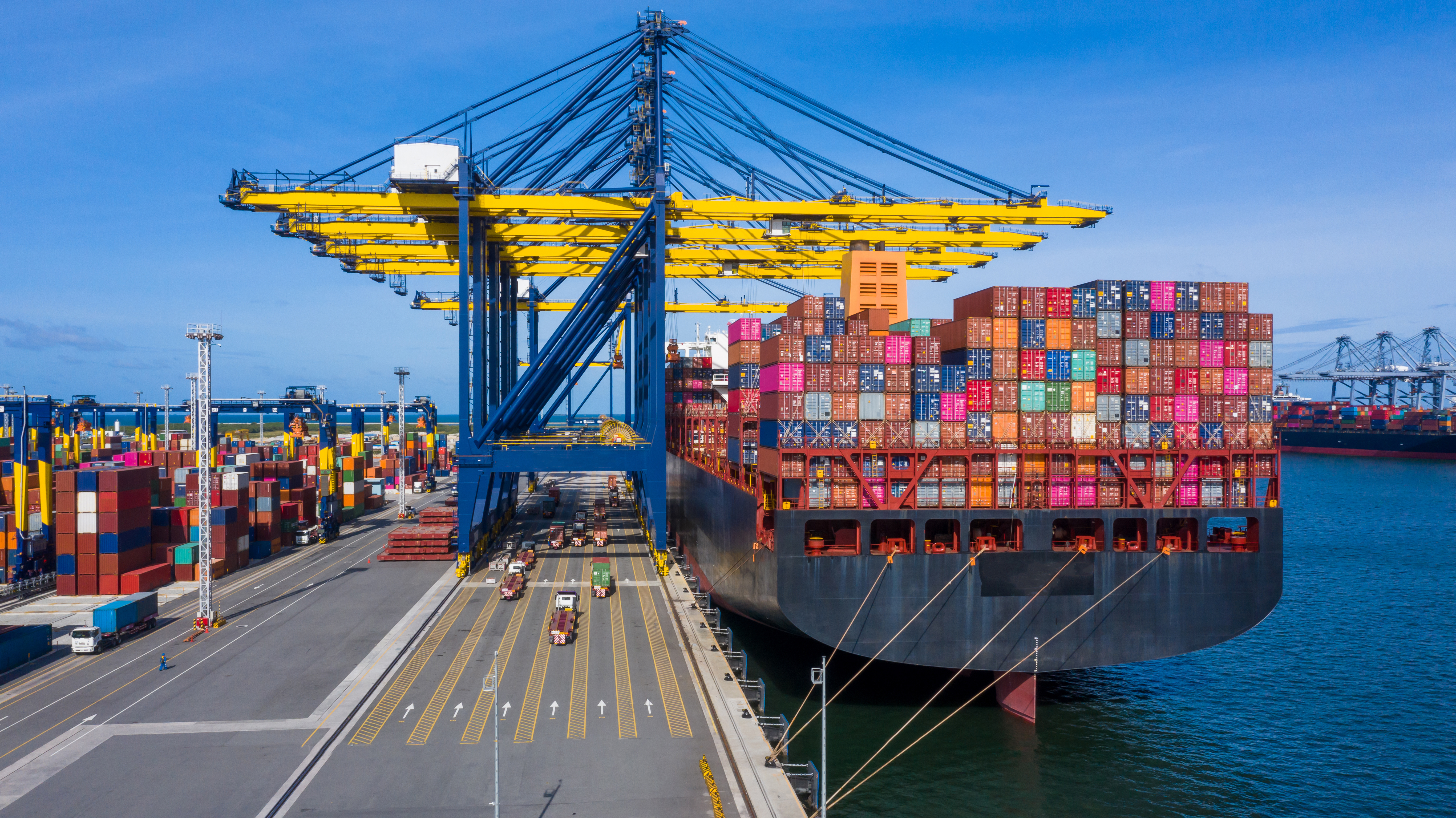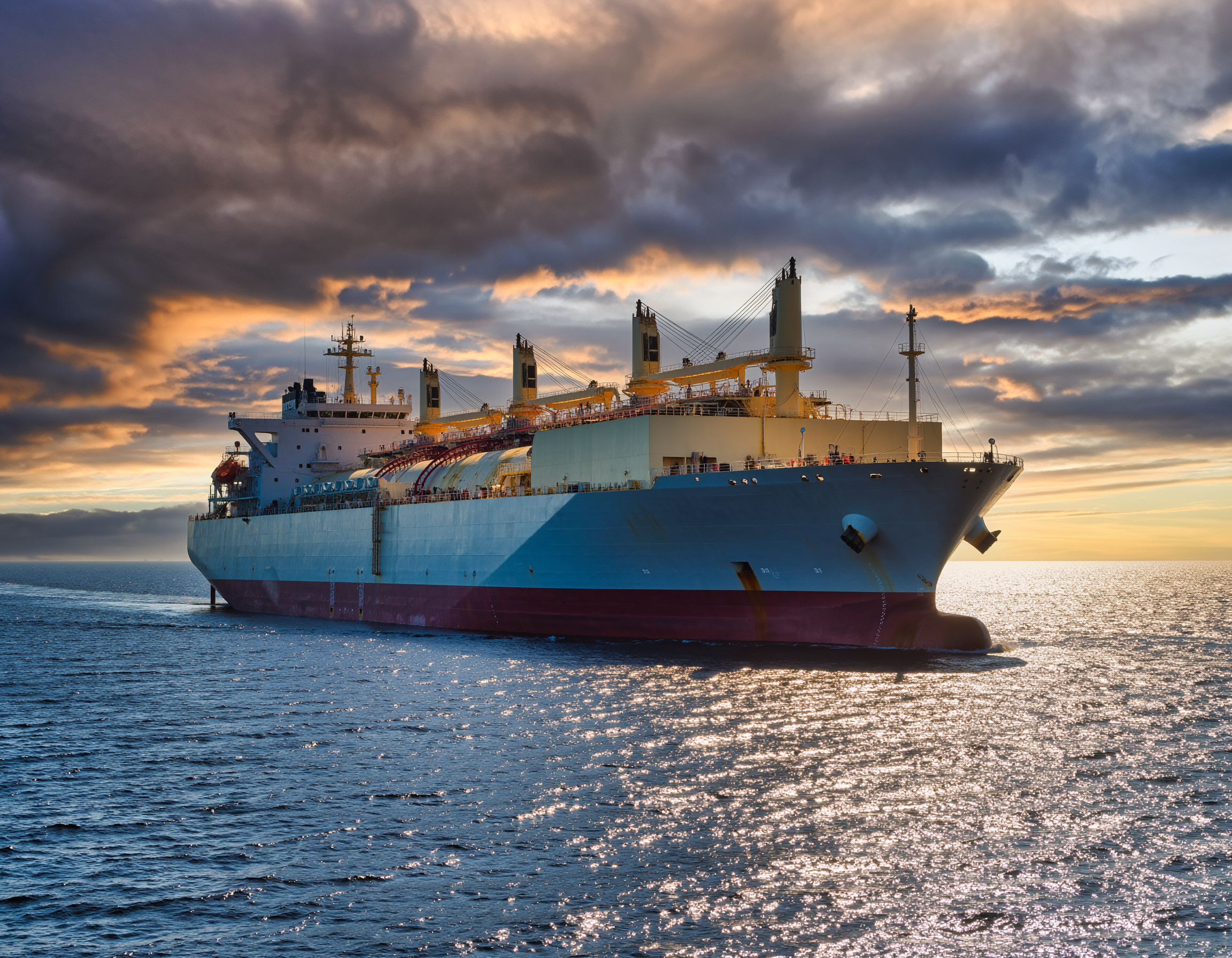Three years ago, the UK P&I Club issued a Legal Briefing[1] on Electronic Bills of Lading (eBLs) in which we tried to de-mystify the concept of the eBL, by providing an insight into how the systems of the three eBL providers approved by the International Group of P&I Clubs (the "IG") at the time, namely Bolero, essDOCS and e-Title™, work. We explained the legal principles relied upon by these providers to enable their eBLs to replicate the essential functions of a paper BL. We also tried to put cyber risks in context by explaining that these risks are risks associated with the general use of computers in our businesses, and are not risks specific to the use of eBLs.
In this two part article, we examine how the industry has progressed in its take up of eBLs. We will also be looking again at cyber risks and considering if they remain a valid deterrent to the adoption of eBLs. We will additionally be asking whether the paper BL is still fit for purpose in the digital and information age that we now live in, and how the current Covid-19 epidemic strengthens the case for using eBLs.
First, a big welcome to the new kids on the block!
The IG approved Global Share S.A. edoxOnline platform ("edoxOnline") on 11 June 2019, WAVE on 23 December 2019, and CargoX Smart B/L™ ("CargoX") on 11 February 2020. As with Bolero, essDOCS and e-Title™, the legal frameworks for this new generation of eBL providers' systems were scrutinised by the IG to ensure that eBLs created on them are capable of performing the three functions of a bill of lading, namely as a receipt, a document of title and a contract of carriage. Liabilities arising in respect of the carriage of cargo under eBLs created on these systems are now covered by the IG Clubs as if the bills of lading had been issued in traditional paper form.
The key difference with this second generation eBL systems is their reliance on blockchain technology. Unlike three years ago, blockchain is today no longer just a buzzword but has many real applications.
A blockchain may be a public or a private digital network used for recording transactional events in encrypted form, storing the same in a distributed ledger (i.e. the computers). A private blockchain network can feature a level of centralization. Access is limited by a governing body to a number of participants only. Public blockchain networks however run on thousands of computers and do not have a 'central administrator'. It is not possible to shut down, block or limit access to a public blockchain network. edoxOnline's, Wave's and CargoX's products are based on the Ethereum blockchain; the best known public blockchain which also enables the use of smart contracts.
The publicly distributed ledger contains a permanent record of all transactions, providing transparency and enabling auditability of all events. Without a central registry, there is no central point of attack for hackers.
edoxOnline is the first eBL system created implementing blockchain technology. The company was set up in 2007 by a group of international trade experts to provide the industry with a collaborative digital platform to streamline the issuance of shipping and commercial documents. On edoxOnline's system, all the participants to a trade, from shippers to customs agents, interact in real-time, reliably, efficiently, and in a secure manner.
WAVE is the first of the blockchain eBL providers to be fully decentralised when it completed the world's first live blockchain trade transaction in 2016. Its three founders pooled their individual expertise in international trading, network engineering, software development, information and cyber security to create a peer to peer network which enables users to issue, exchange and sign a variety of supply chain encrypted documents. WAVE intends to overcome the shortcomings of paper documents by holding a digital mirror to physical processes.
CargoX created the first blockchain smart BL which was successfully trialed with the shipment of a container from Shanghai, China to Koper, Slovenia in August 2018. The company was created when its founders, active players in the ocean shipping industry, brought together a core team with experience in the fields of logistics, banking, programming, IT, digitalization, and blockchain in 2017 to create a paperless trading system. The CargoX platform enables blockchain document transfer (BDT), and the company aims to build digital trust between trading companies in a trustless digital environment. CargoX's ultimate aim is to develop solutions for all industries where sensitive documentation needs to be transferred securely, quickly and efficiently.
How do edoxOnline, WAVE and CargoX work?
From a user interface perspective, these blockchain based systems look very similar to Bolero and essDOCs but the way in which they work differs. The systems encrypt and store all the data associated with the eBL, i.e. the parties involved, their status and the transactions, on a blockchain decentralised network each time a new transaction is performed. Users registering to use these systems are deemed to have accepted, and thus be bound by, the terms and conditions of these providers' multilateral agreements .
.
Significantly, the service provider running the network is not a principal to the transaction and has no access to the users' information, ensuring privacy for the users.
These systems otherwise share the following similarities with Bolero and essDOCS:
• Each system replicates the process flow and roles performed by the paper BL.
• Each has a legal framework governing the use of its system. Users agree to treat electronic documentation within the system as the functional and legal equivalent of paper documents, and undertake not to challenge the validity of any transaction or communication made on the ground that the same was made in e-form, instead of in paper form and/or that it is not signed or sealed. The legal framework is a multilateral agreement between all users and between each user and the system provider.
• The legal framework for edoxOnline comprises of its "e-BL Terms and Conditions", version 1, dated 18 May 2018, accompanied by its Management User's Guide. WAVE's legal framework comprises of its "WAVE Application and Network Bylaws" version 1, dated 20 December 2019. For CargoX, the legal framework comprises of its "CargoX Blockchain Based Smart Bill of Lading Solutions Special Terms and Conditions", version 1.0, dated 10 February 2020.
• edoxOnline and CargoX rely on the principle of novation to transfer rights and obligations. The parties contractually agree that there is a novation of the contract of carriage each time the eBL is transferred from one holder to the next. On a transfer, the rights held by the transferor are extinguished. The transferee takes those rights instead and becomes a party to the contract of carriage, allowing him to sue the carrier under the same terms originally agreed between the carrier and the shipper.
• edoxOnline and CargoX also rely on the principle of attornment to enable the new holder of the eBL to obtain title in the goods. For edoxOnline, the users agree in advance under the terms and conditions that there will be an attornment each time the eBL is transferred. In the case of CargoX, the system generates an automatic notice from the carrier confirming that he holds the goods to the order of the new eBL holder.
• WAVE does not rely on novation and attornment but rather seeks to replicate in its terms and conditions the process for transferring title under the Carriage of Goods by Sea Act 1992 ("COGSA"). According to WAVE, this legal structure is more closely aligned with COGSA and better enables escrow parties (especially banks) to use WAVE.
• All three systems are accessed via apps and users do not need to invest in special hardware.
• The eBL created on the system can be sent in draft form for approval between the shipper and the carrier, and can also be passed back and forth between holders in this way if, for example, amendments to the document need to be made. Like a paper BL however, there can only be one holder of an eBL at any time.
• The systems also offer the possibility to create and to transfer other trade documents such as cargo certificates, invoices, packing lists, etc.
• These systems have procedures for switching eBLs to paper BLs at any point in the transactions.
• The systems are all regularly tested against all forms of cyber attacks, and the providers have insurance for cyber risks and professional E&O risks.
• edoxOnline is free for carriers to use. WAVE is free for exporters and importers. CargoX charges the issuer of the eBL only, and all other actors can transfer and manage the document for free.
Please read Part II of this article next week to find out what new initiatives Bolero and essDOCS, two of the first generation eBL providers approved by the IG, have been up to since May 2017. We can tell you that they have not been sitting still. We will also be looking at cyber risks again, and taking another look at the problems associated with paper BL trades in today's world.
-------------------
[1] The UK Club's Legal Briefing of May 2017 may be accessed here.
1 www.globalshare.com.ar
3 https://cargox.io/smart-bill-of-lading
4 The UK P&I Club's Legal Briefing on Smart Contracts can be accessed here.
5 Bolero and essDOCS require each issuer of a Bolero and an essDOCS eBL to have physically signed their terms and conditions.




![The Solomon Trader [2025] EWCA Civ 1387: The ‘pay to be paid’ rule affirmed in the Court of Appeal](/fileadmin/uploads/ukpandi/News_Images/AdobeStock_104743067.jpeg)
